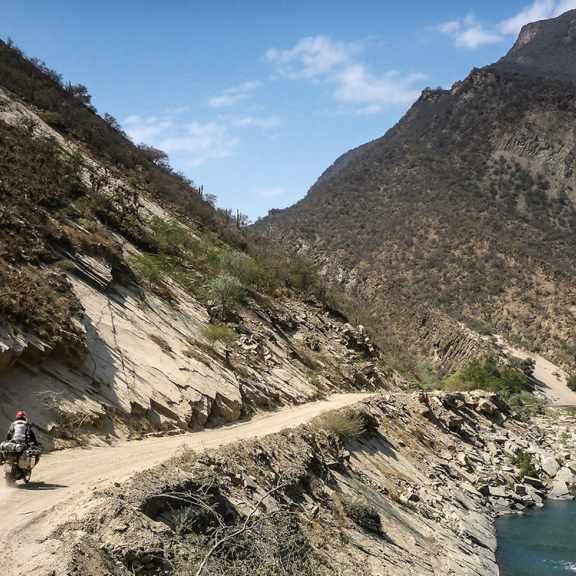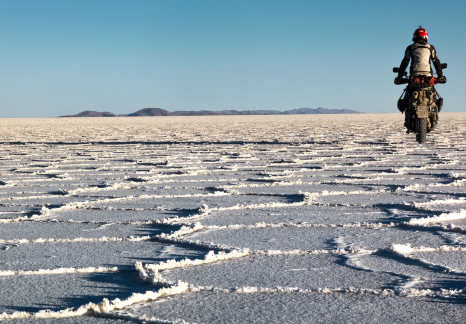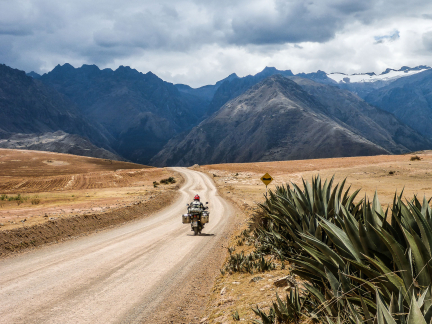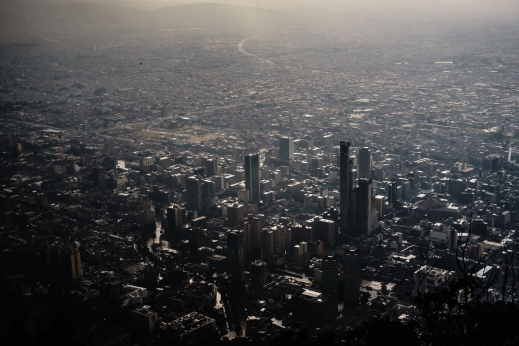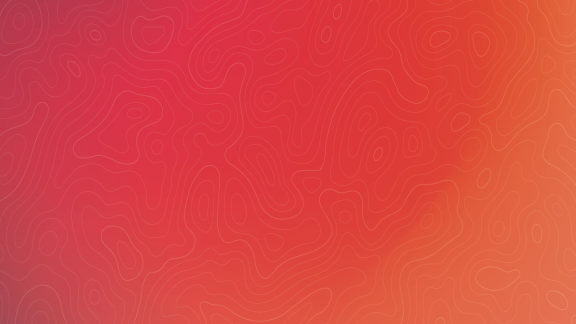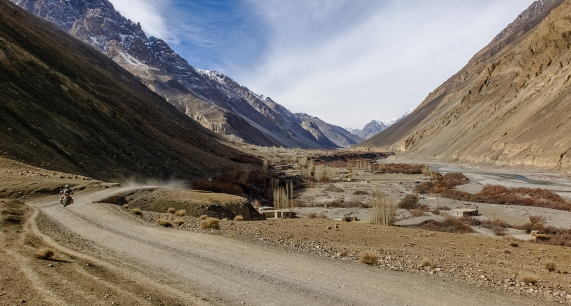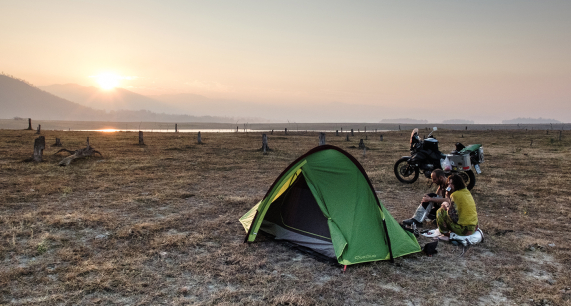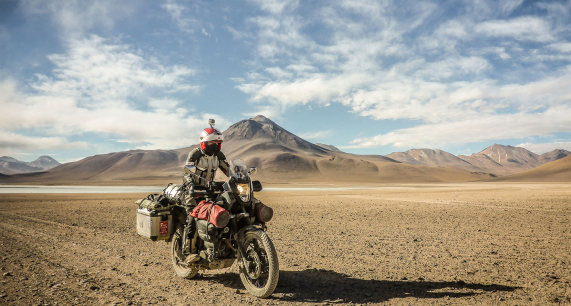South America – Bolivia, Peru, Ecuador and Colombia
A trip among religions
Bolivia is definitely a world apart, made up of endless colourful deserts, sudden green valleys and cities crowded by people who sell anything. And full of Cholitas, women in the typical colourful dress and long black braids under small bowler sombreros. I get lost many times, every day something breaks and I waste too much time fighting the relaxed mood of the Bolivians, with their many festivities and with the President’s portrait that talks everywhere of progress and development to a population which appears from outside rather oblivious. From Lake Titicaca, the highest navigable lake in the world, I continue my solitary race north. The Peruvians are, like the Bolivians, calm and placid but a lot more hospitable and smiling than the people of the Altiplano.
I still have time to wander inside the walls of Cuzco, the ancient Inca capital, celebrating the Virgen of the Mercede that coincides with the figure of Pachamama, Mother Earth for the Precolombian religions.
This has been a trip among religions and South America has not disappointed me, showing me a different version of Christianity that, as in Bolivia, is fused with Precolumbian cults giving life to a religion of its own whose symbols take on different values from ours. For instance, the ‘Tio de la Mina’ of the Potosì mines, with its devilish appearance, to whom miners take offerings to find a good vein and get back safely to their families.
In Peru on the other hand, a sort of animism is still alive so that, along with official Christianity, people take offerings to ingratiate the spirits of the mountains and the rivers.
After reaching Machu Picchu walking along the railroad, in a ceaseless fight against clouds of bloodthirsty flies, the last stop as a tourist is to Nazca to fly over the petroglyphs of the pre-Inca civilisation of the same name, truth be told more evocative in pictures than in reality. After a few days in Lima, in which I should fix my bike but a nice and zealous mechanic ultimately manages to destroy the gearbox, I begin the long ascent on the Pan American motorway.
Days on the endless road in the sandy desert that ends at the Pacific, scattered with low, square huts.
The the landscape abruptly turns back to green, becoming decidedly tropical at the border with Ecuador, which I cross in few day passing from the nothingness of the Quilotoa volcano to the excited din of the capital Quito. The trip is not at an end, and the hurry to reach Bogota to arrange transportation of the bike combines with the tiredness of my now consolidated routine.
I finally realised that, since Bolivia, I have been looking for a home everywhere or some friends and every time leaving has become harder. It is time to go home.
The days in Bogota are full of meetings with carriers, quotes, flea markets. And, above all, I find myself spoilt by the people of the Hostal Yepeto that for ten days has been my ephemeral family.
Then the return to Europe, to Madrid, where I am now unaccustomed to the European style of efficiency and cleanliness, and I’m not even in Switzerland. I collected the bike, loading it for the third time in a year in a dark service area, and I left the following day after for two days of motorwaying through Spain, France and Northern Italy. I reached Milan on November 13, fourteen months after departure, happy to find my Peppina and a home in which to start a new life.

